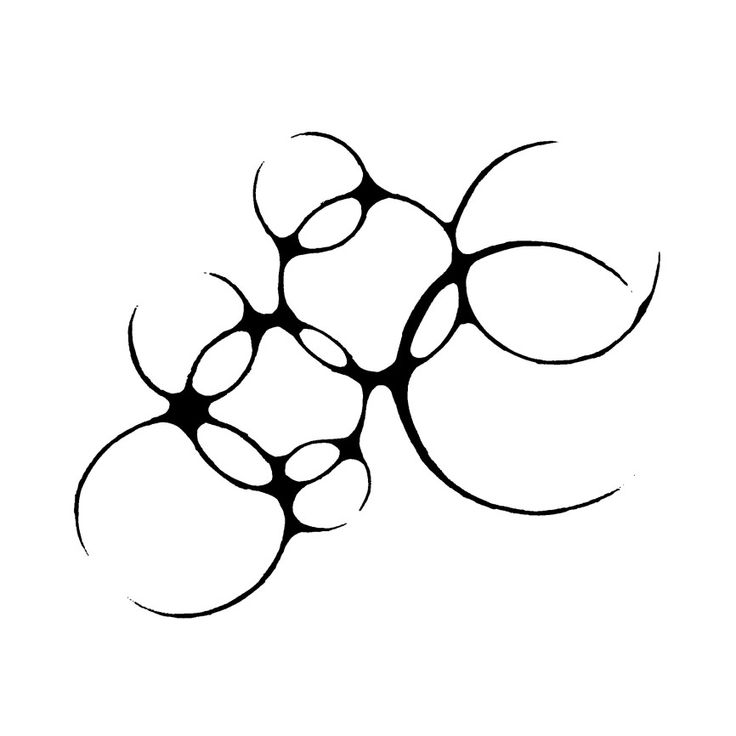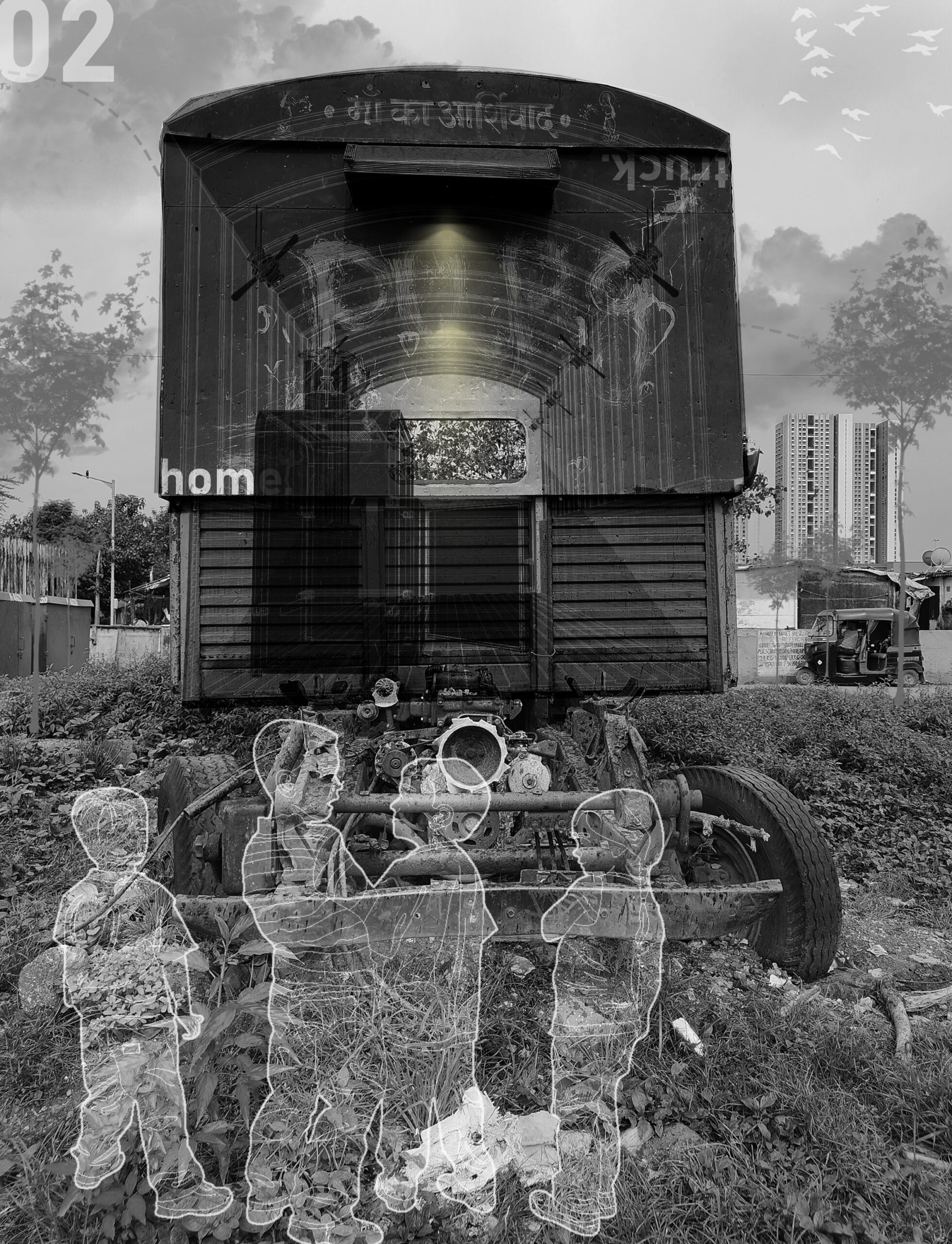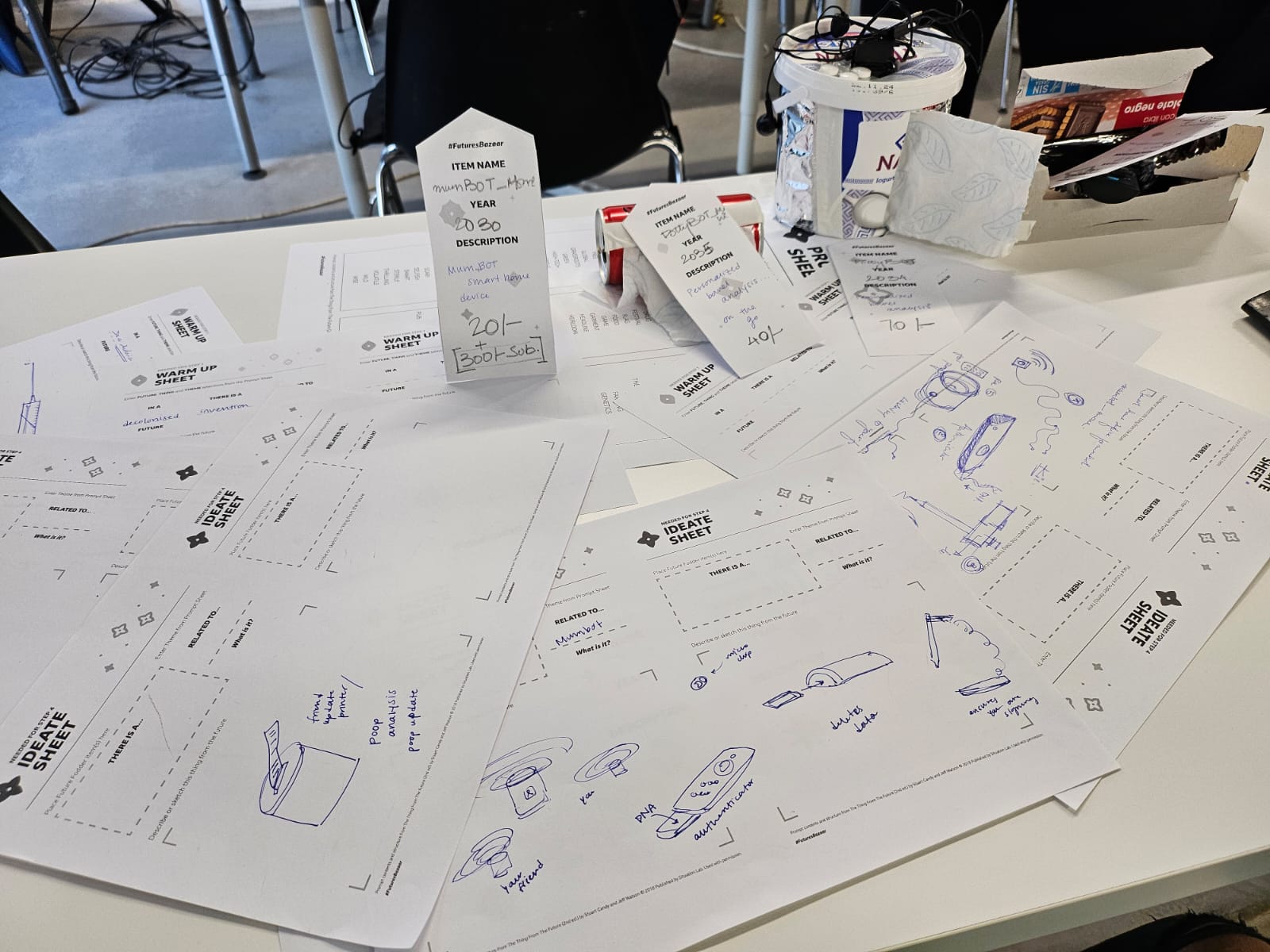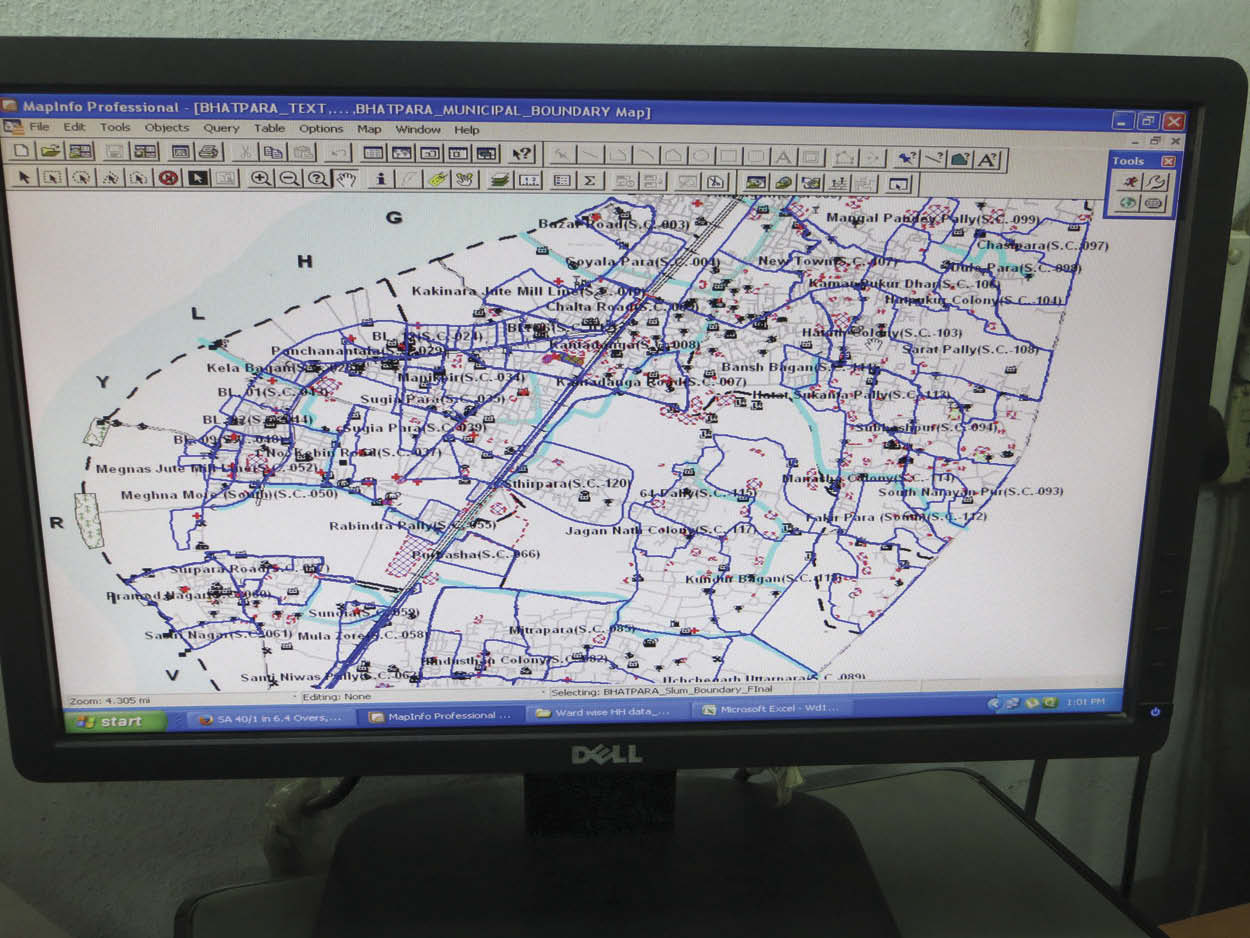Poly-Exploration with Digital Cultures
The course of Digital Cultures, tutored by Andres Colmenares, took an investigative approach on the relations between the present and the future through the lens of art, journalism, urbanism, technology, human networks and global market. Course was structured in a “non-linear” way, what makes our tutor’s pride, yet consistent in terms of narrating through scale … Read more














